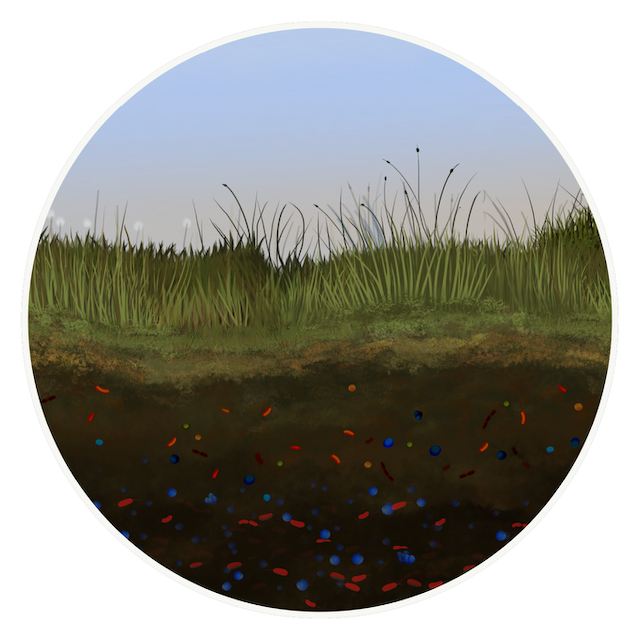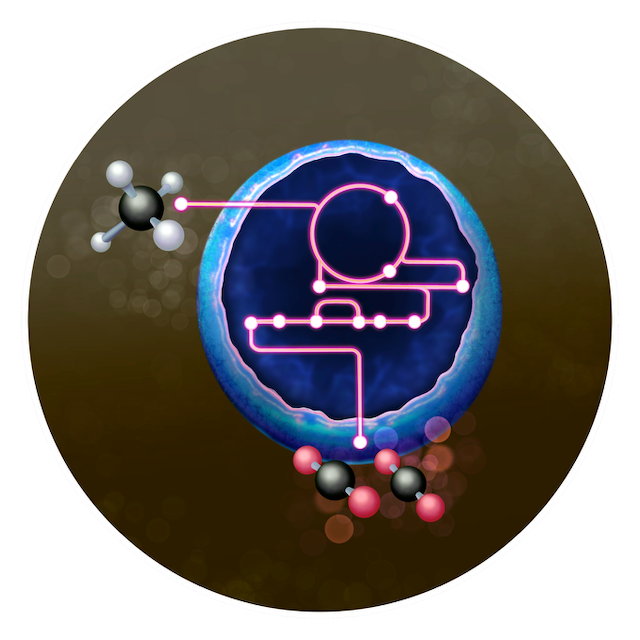Research
At the Schölmerich Lab, we study anaerobic microorganisms that are key players in the capture and conversion of the greenhouse gases carbon dioxide (CO2) and methane (CH4). These anaerobic bacteria and archaea employ the most ancient CO2 fixation pathway - the Wood-Ljungdahl pathway.
Our research areas are:


